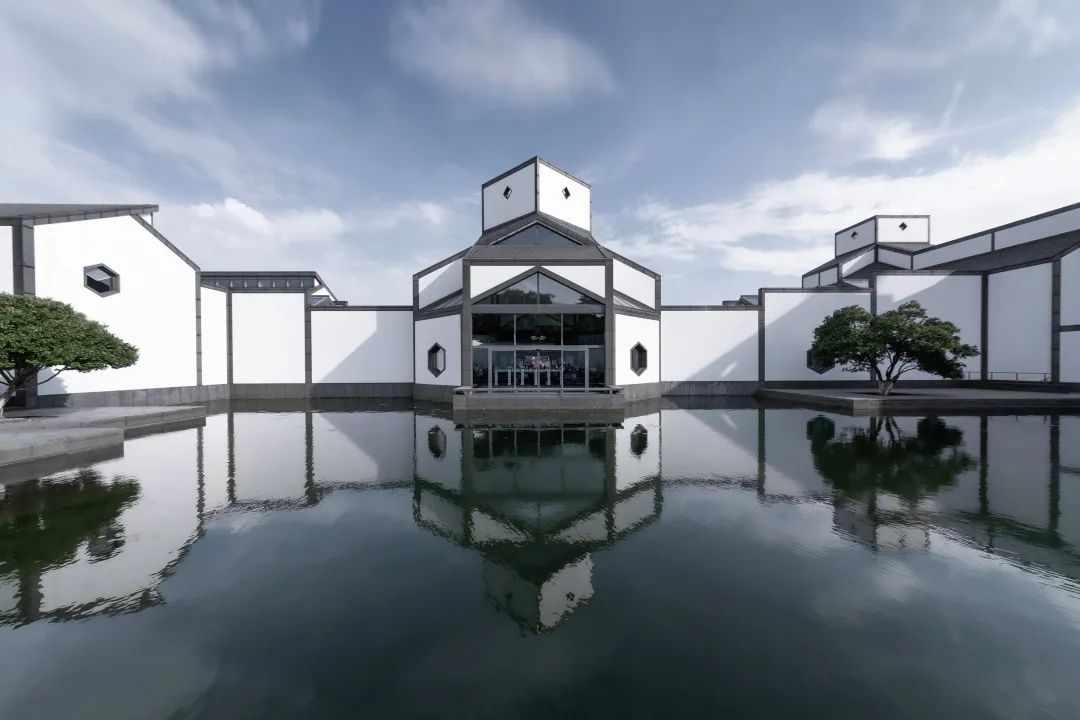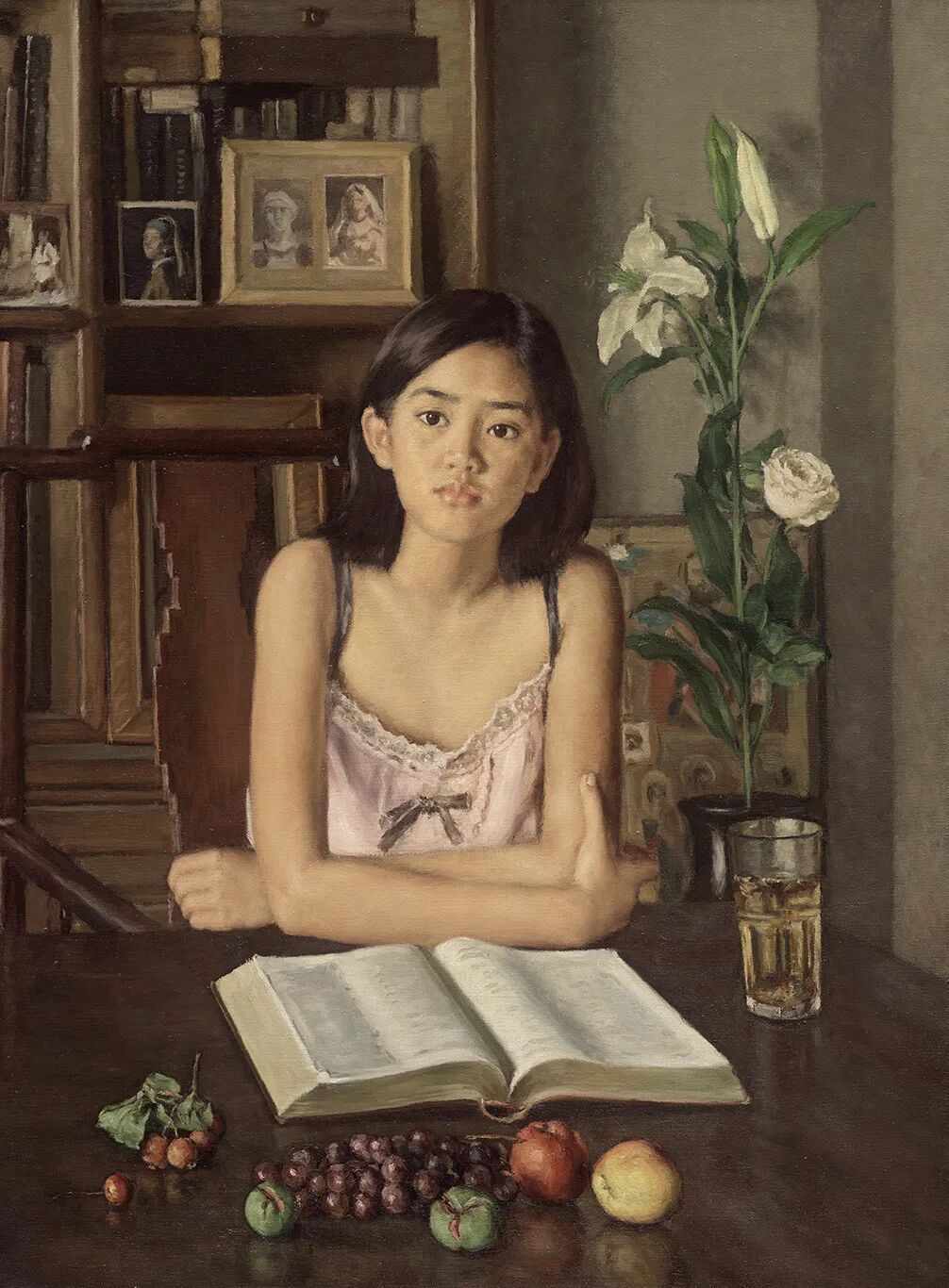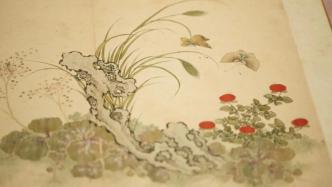
A history of Jiangnan painting and embroidery, and a history of women's growth.
The Paper has learned that on November 28, the special exhibition “Leaving the Luxiang Garden—The History of Jiangnan Painting and Embroidery” was officially on display in the West Hall of Suzhou Museum. This special exhibition was planned and organized by Suzhou Museum, in cooperation with Liaoning Provincial Museum, Tianjin Museum, Zhejiang Provincial Museum, Nantong Museum, Suzhou Stele Museum and other cultural and museum units. It not only displays exquisite paintings and embroideries from the Song and Yuan Dynasties to today, It also explores the stories behind the art of embroidery from the perspective of women's history and presents Suzhou embroidery culture from a new perspective.
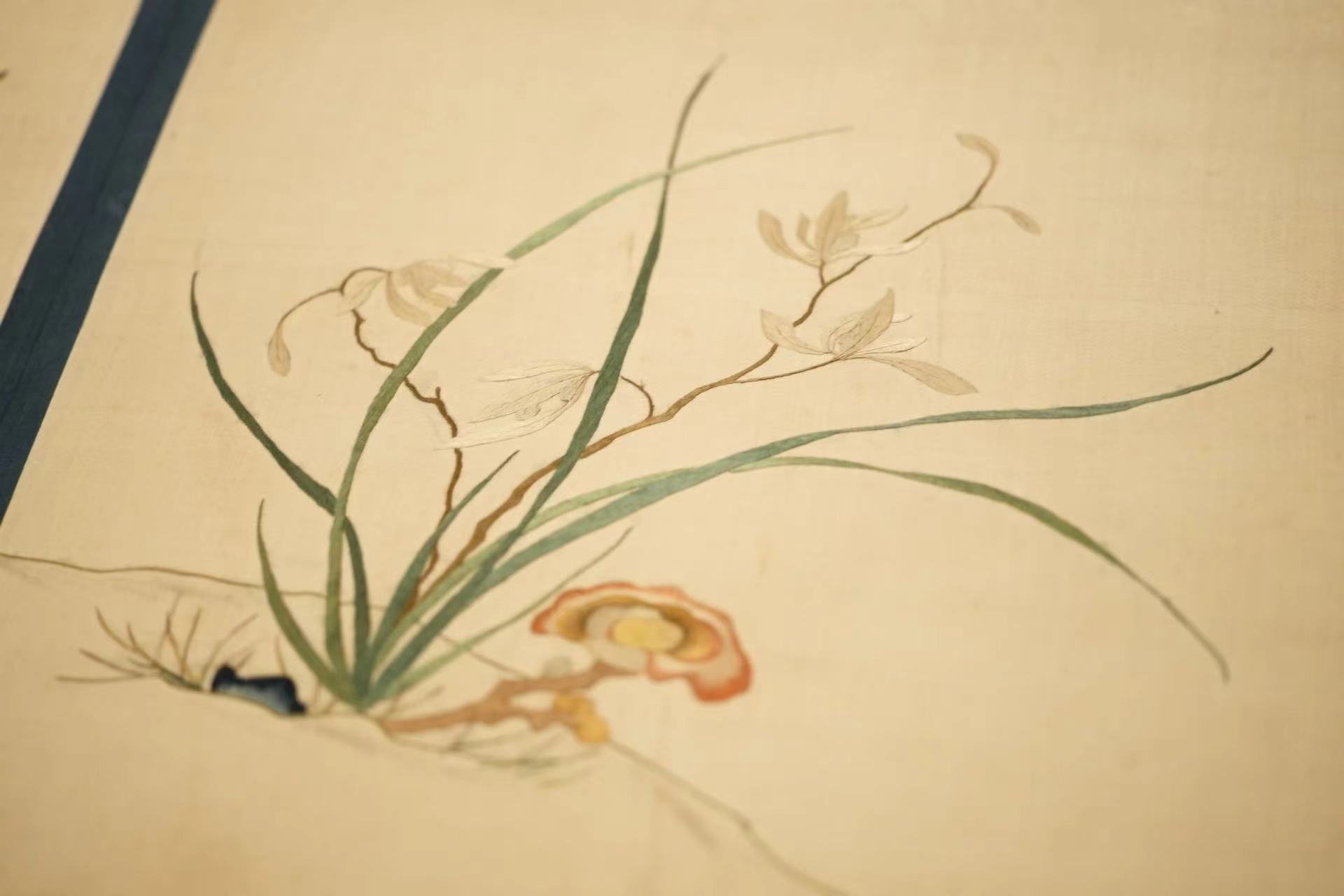
"Escape from Luxiang Garden - History of Jiangnan Painting and Embroidery" scene
Luxiang Garden, together with Yu Garden and Rishe Garden, is known as one of the "Three Famous Gardens of Shanghai in the Ming Dynasty". During the Jiajing period of the Ming Dynasty, the retired official Gu Mingru and his younger brother Gu Mingshi purchased land in Songjiang and built a garden to entertain the elderly. When building a pond, they accidentally found a stone with the three characters "Lu Xiangchi" inscribed by Zhao Mengfu, so the garden was named after it. It is named after Luxiang Garden.
Most of the Gu family were good at embroidery, including Han Ximeng, whose embroidery works still exist today. Dong Qichang once painted an embroidery postscript for him, saying, "I believe that men are not the only ones to be favored for their aura of elegance and elegance."

"Escape from Luxiang Garden - History of Jiangnan Painting and Embroidery" scene
Gu embroidery art originated from Luxiangyuan in Shanghai during the Ming Dynasty. It pioneered the art of painting and embroidery using needles as pens, cellulose as paper, and silk threads as colors. It combines needles with pen and ink, and paintings with silk threads, integrating the literati's painting ideas and embroidery techniques. Cleverly combined, they complement each other.
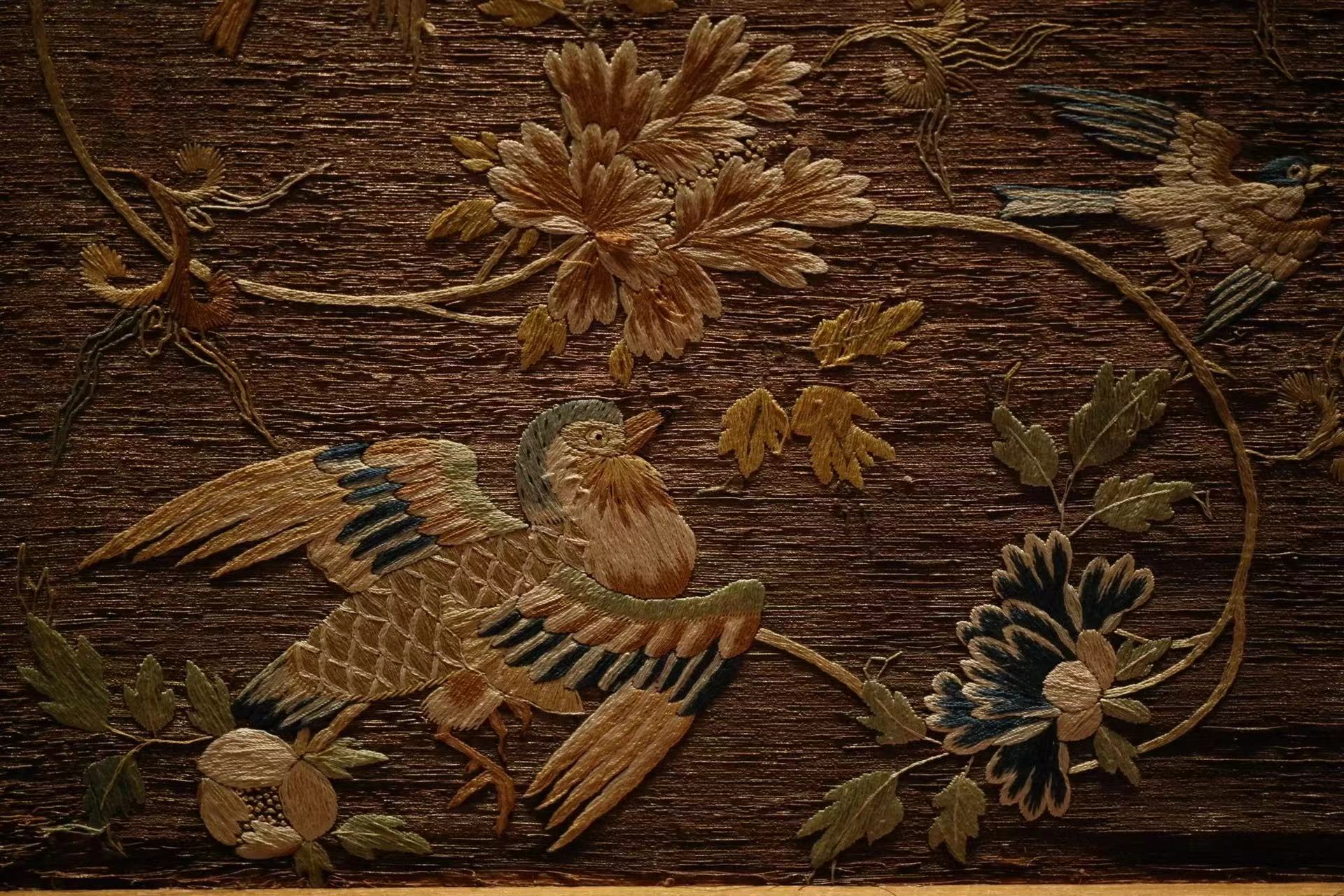
"Escape from Luxiang Garden - History of Jiangnan Painting and Embroidery" scene
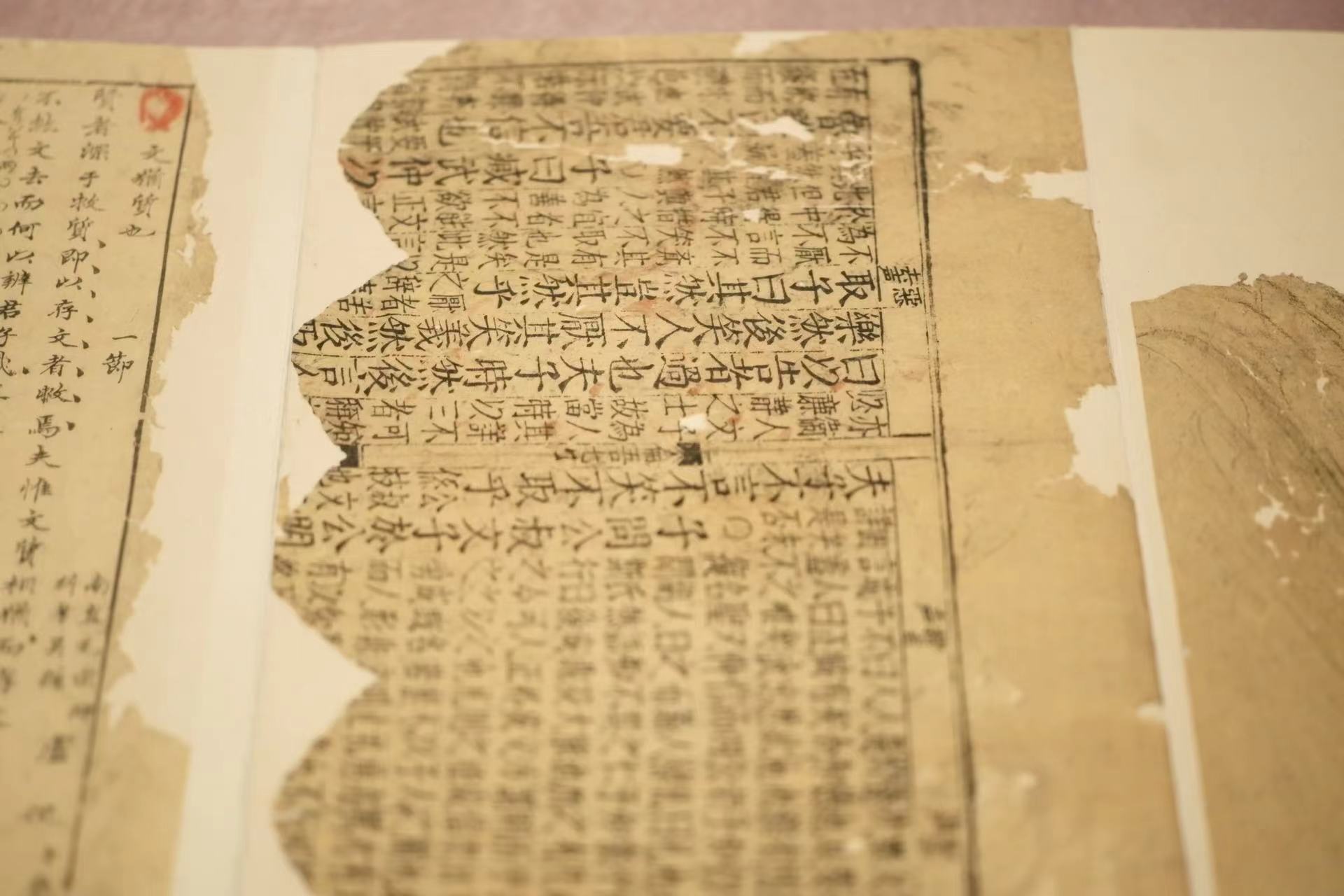
"Escape from Luxiang Garden - History of Jiangnan Painting and Embroidery" scene

"Escape from Luxiang Garden - History of Jiangnan Painting and Embroidery" scene

"Escape from Luxiang Garden - History of Jiangnan Painting and Embroidery" scene
Later, Lu Xiangyuan Gu Embroidery led the embroidery industry, and all embroidery practitioners must be called Lu Xiangyuan. This also improved the artistic taste of Su embroidery in the same area, allowing Su embroidery to develop rapidly in the Qing Dynasty. In the following hundreds of years, Su embroidery art dominated the trend. .

"Escape from Luxiang Garden - History of Jiangnan Painting and Embroidery" scene
Xie Xiaoting, director of Suzhou Museum, introduced at the opening ceremony that the special exhibition "Leaving Luxiang Garden - The History of Jiangnan Painting and Embroidery" is divided into "embroidery with painting", "embroidery in Luxiang Garden", "inside and outside the palace wall", "self-reliance with embroidery" The five sections of "Feng Yue Tong Tian" bring together and display 100 pieces/sets of embroidery products from five Asian and European countries from the Song Dynasty to the present. Based on Jiangnan and facing the world, it tells the development of Jiangnan painting and embroidery and the stories of the women behind it, while focusing on A new perspective sorts out the history of painting and embroidery, presents the brilliance of embroidery, and spreads embroidery culture.

"Escape from Luxiang Garden - History of Jiangnan Painting and Embroidery" scene

"Escape from Luxiang Garden - History of Jiangnan Painting and Embroidery" scene
Embroidery with painting
The word "embroidery" first appeared in the Song Dynasty. During this period, embroidery art experienced an important transformation. It was originally just a decoration for daily necessities and gradually developed into an independent art form. During the Chongning period of the Song Dynasty, the Hanlin Painting Academy added an embroidery department, specializing in the production of embroidery based on paintings, integrating painting into embroidery, and recreating literati paintings in the form of embroidery. Through delicate embroidery techniques, artists are able to bring the colors, textures and details of their paintings to life in a way that is breathtaking.
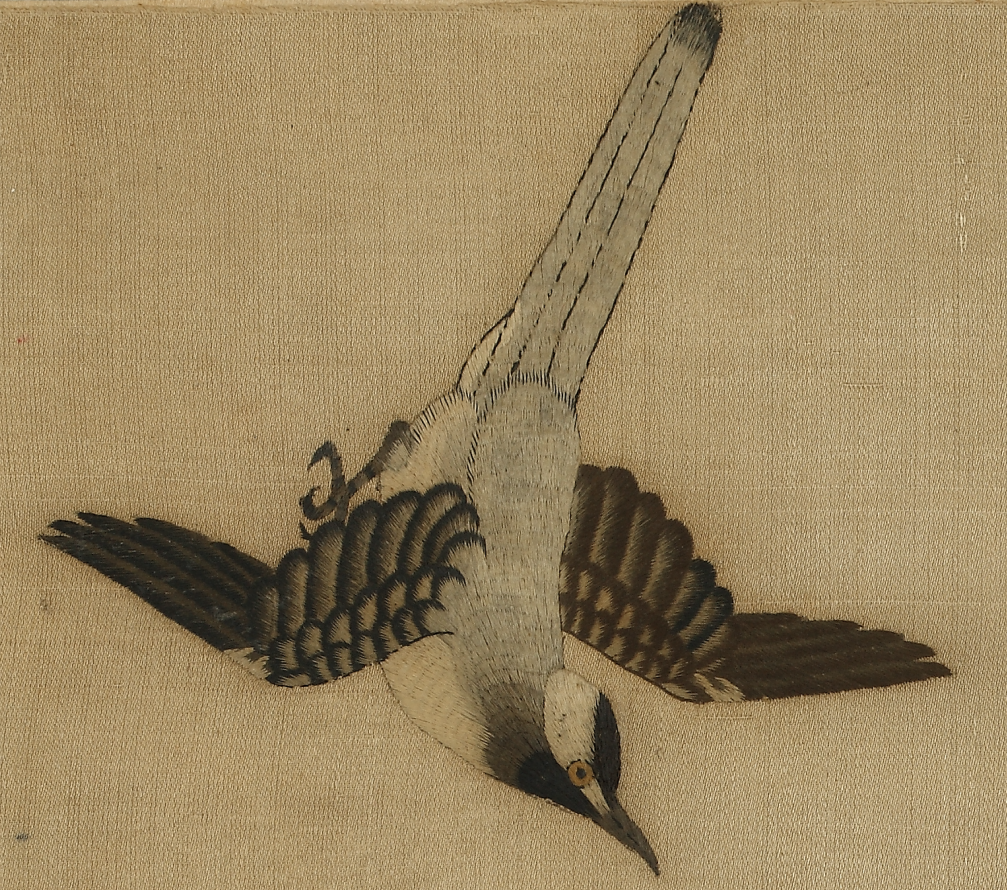
Song Embroidery Begonia and Two Birds (detail)

Song Embroidery Begonia and Two Birds (detail)
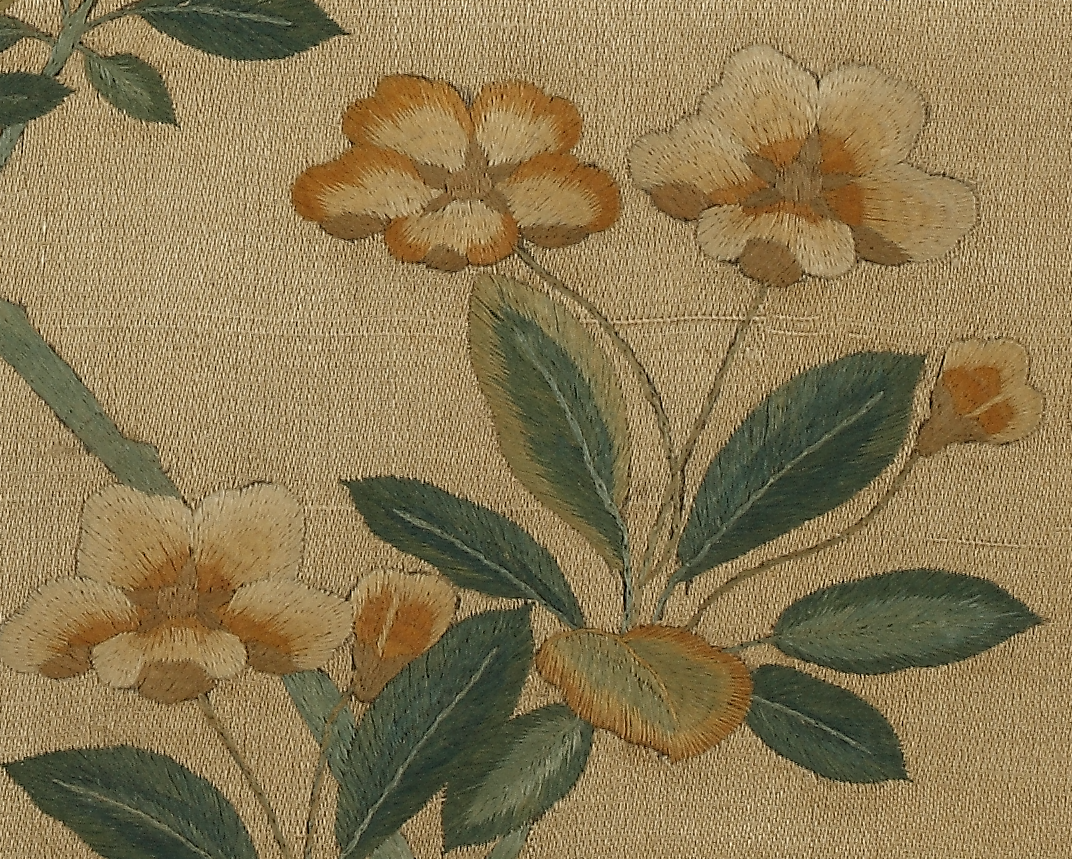
Song Embroidery Begonia and Two Birds (detail)
Luxiangyuan embroidery
Luxiangyuan Gu Embroidery inherits and promotes the art of embroidery painting in the Song Dynasty. It not only includes "embroidery painting" that focuses on showing the literati's painting ideas, but also includes the techniques of combining embroidery and painting, and using painting to supplement embroidery, which can not only highlight the picturesque and poetic flavor, but also the techniques of supplementing embroidery with painting. The embroidery skills are exquisite and can make up for the deficiencies in needlework, creating a state of heavenly craftsmanship.
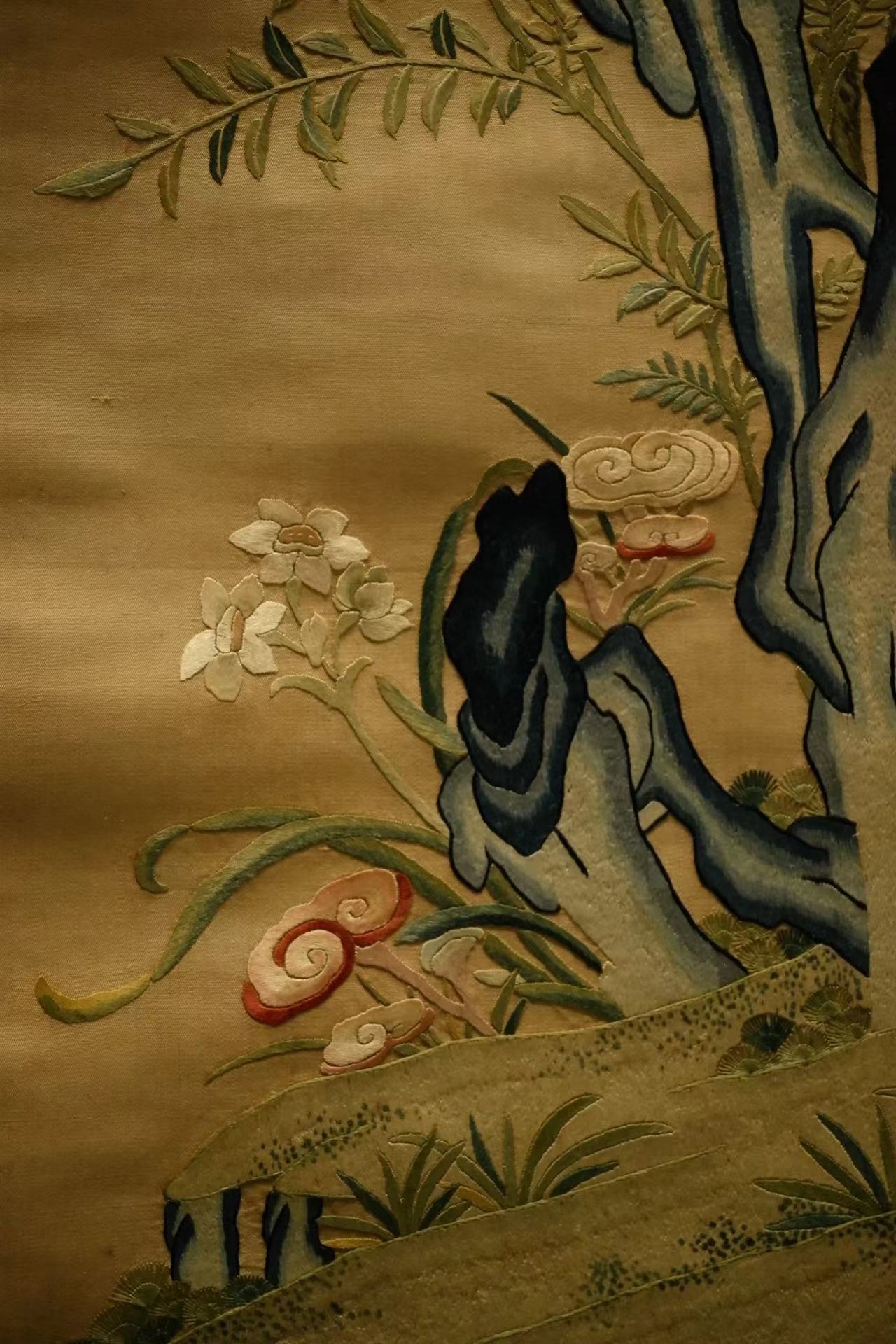
"Escape from Luxiang Garden - History of Jiangnan Painting and Embroidery" scene
Gu embroidery successfully integrated the artistic conception, emotions and thoughts of literati paintings into embroidery works, which improved the humanistic connotation and ideological height of embroidery, and played an important role in promoting the development of Jiangnan painting and embroidery, especially the development of Su embroidery art in the same region. effect.

"Escape from Luxiang Garden - History of Jiangnan Painting and Embroidery" scene
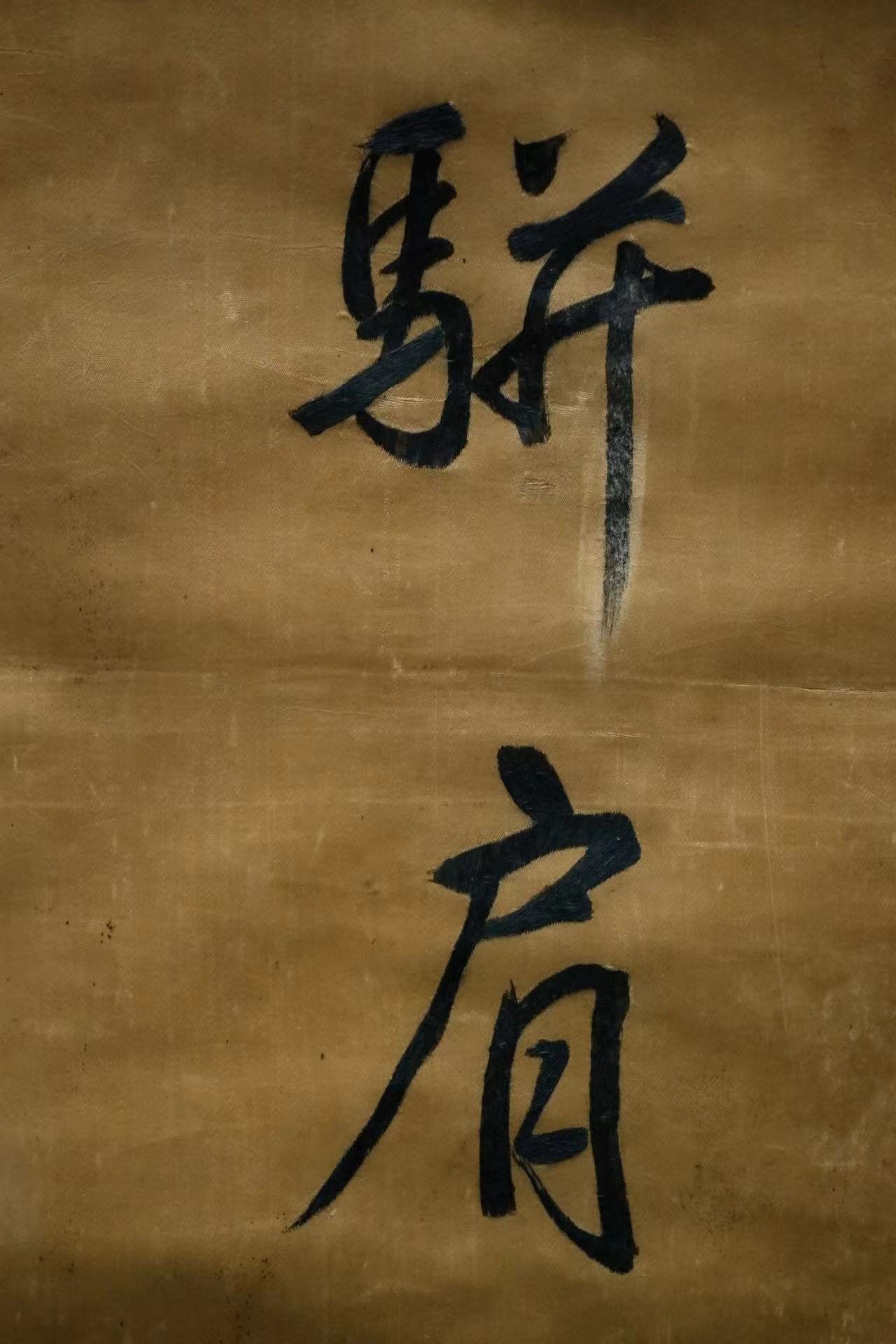
"Escape from Luxiang Garden - History of Jiangnan Painting and Embroidery" scene

Qinglu Xiangyuan Embroidery Dong Qichang's Running Script Zhou Jintang Record Screen (Part)
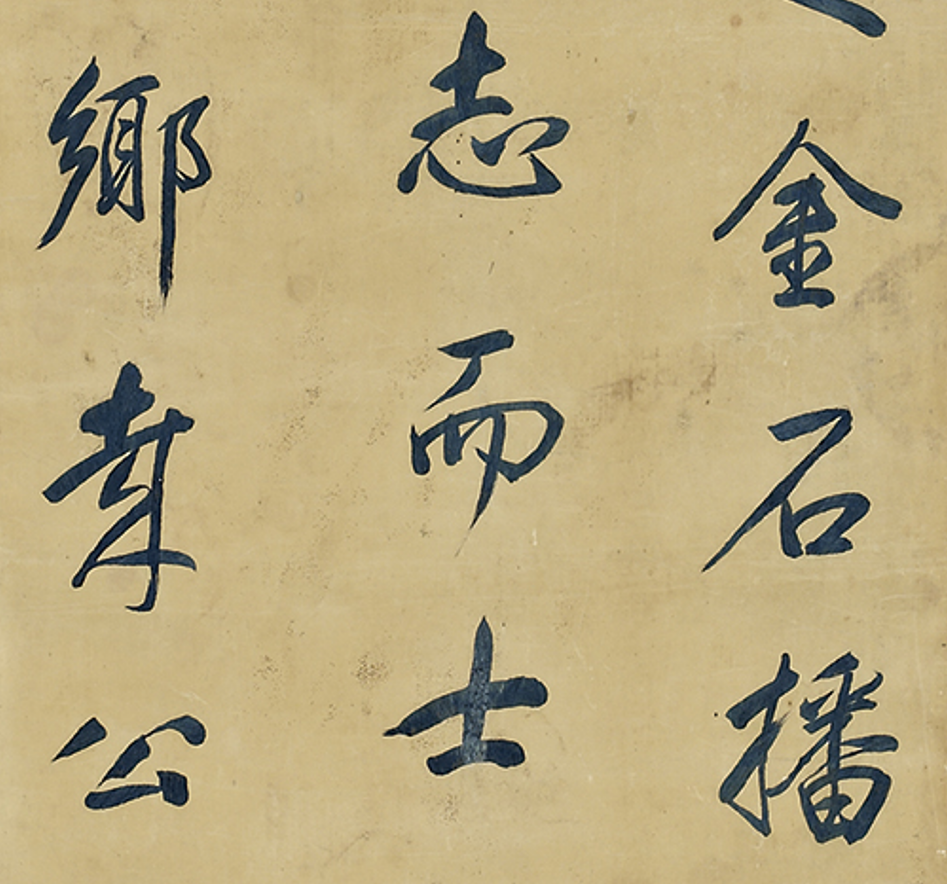
Qinglu Xiangyuan Embroidery Dong Qichang's Running Script Zhou Jintang Record Screen (Part)

Ximeng embroidery flower and bird album of Ming and Han Dynasties (detail)
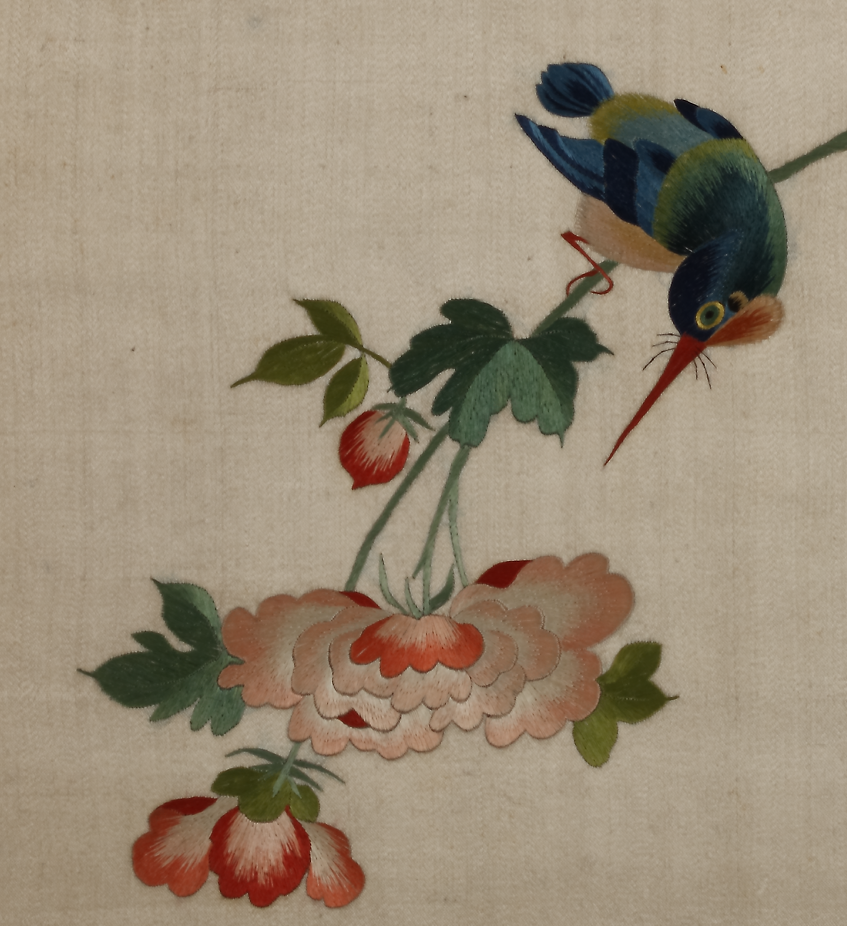
Ximeng embroidery flower and bird album of Ming and Han Dynasties (detail)
Inside and outside the palace walls
Since the rise of Gu embroidery, Jiangnan embroidery represented by Su embroidery has entered a new era. Gu embroidery has become the common name for exquisite embroidery in Jiangnan. Su embroidery and Su embroidery village are also known as "Gu embroidery" and "Gu embroidery village". By the Qing Dynasty, Suzhou, as the national economic and cultural center of the "clothing and quilt world", was responsible for manufacturing satin and woolen cotton cloth, as well as fine production of tapestry, embroidery and other fine products. A large amount of royal embroidery production was sent to Suzhou for weaving, and when ministers paid tribute, they often chose Suzhou's "Gu Embroidery House", which had close ties with the Weaving House, to customize paintings and embroidery gifts.
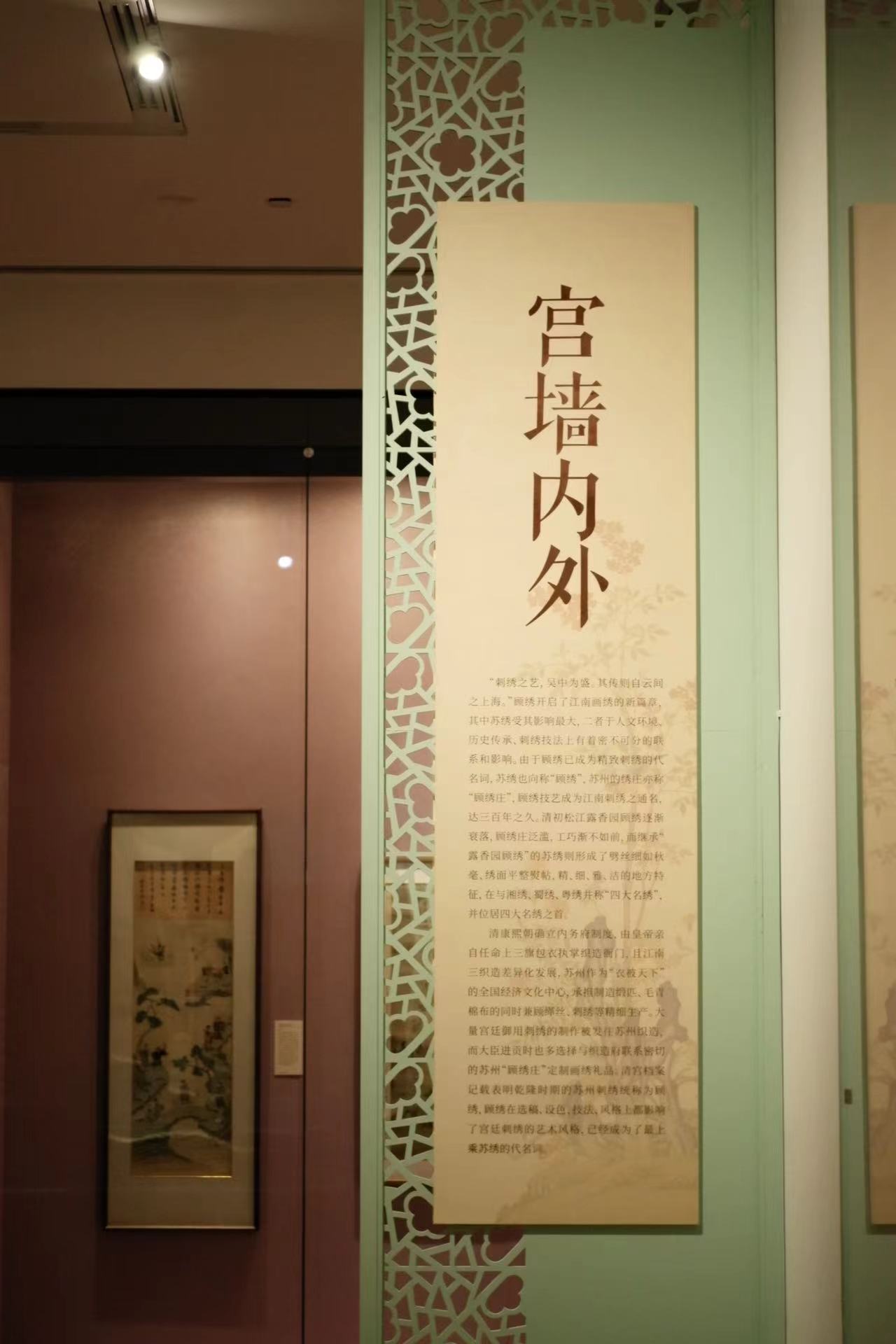
"Escape from Luxiang Garden - History of Jiangnan Painting and Embroidery" scene
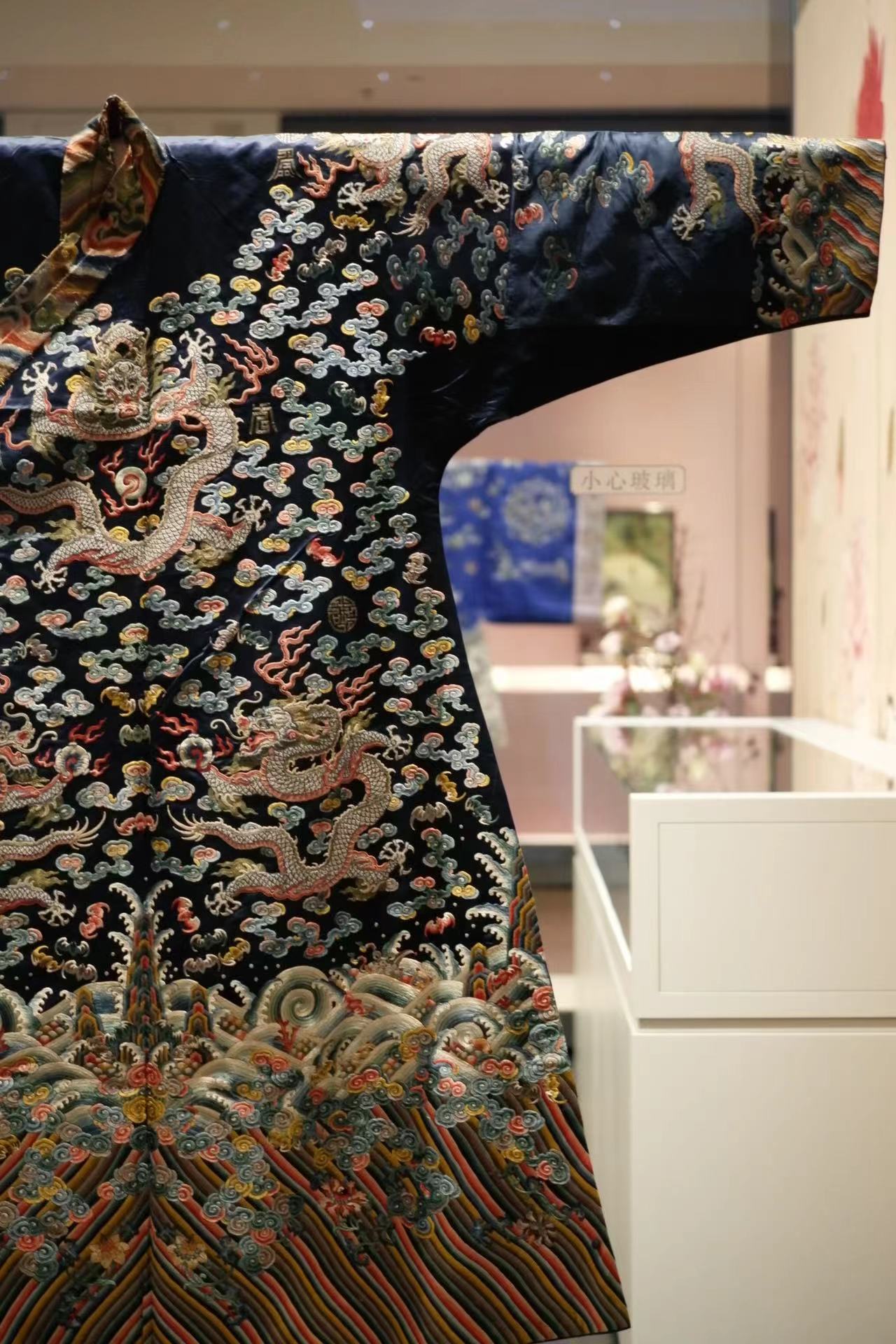
Clear blue satin robe embroidered with rice beads and colorful clouds and gold dragon patterns (partial)
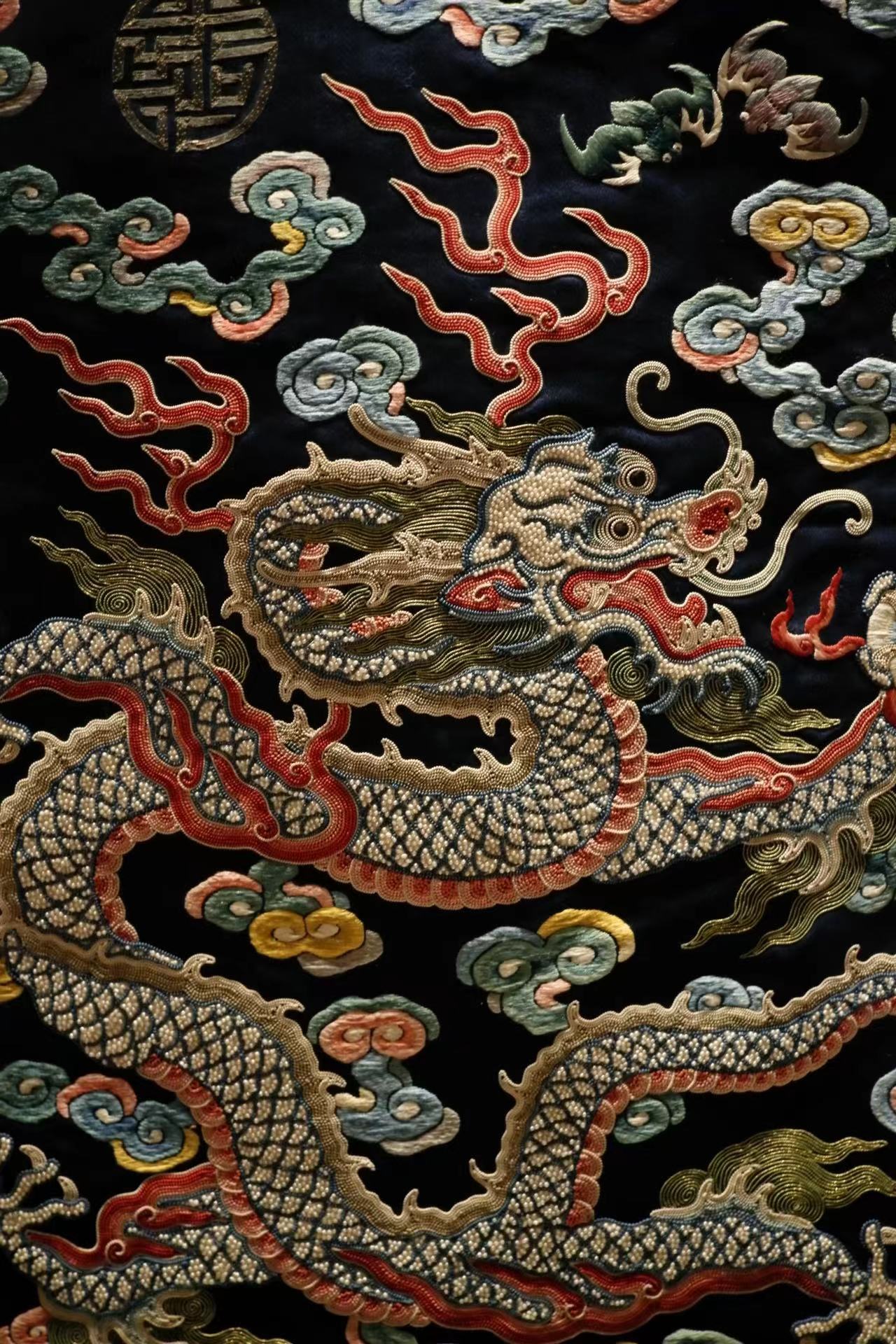
Clear blue satin robe embroidered with rice beads and colorful clouds and gold dragon patterns (partial)

Clear blue satin robe embroidered with rice beads and colorful clouds and gold dragon patterns (partial)
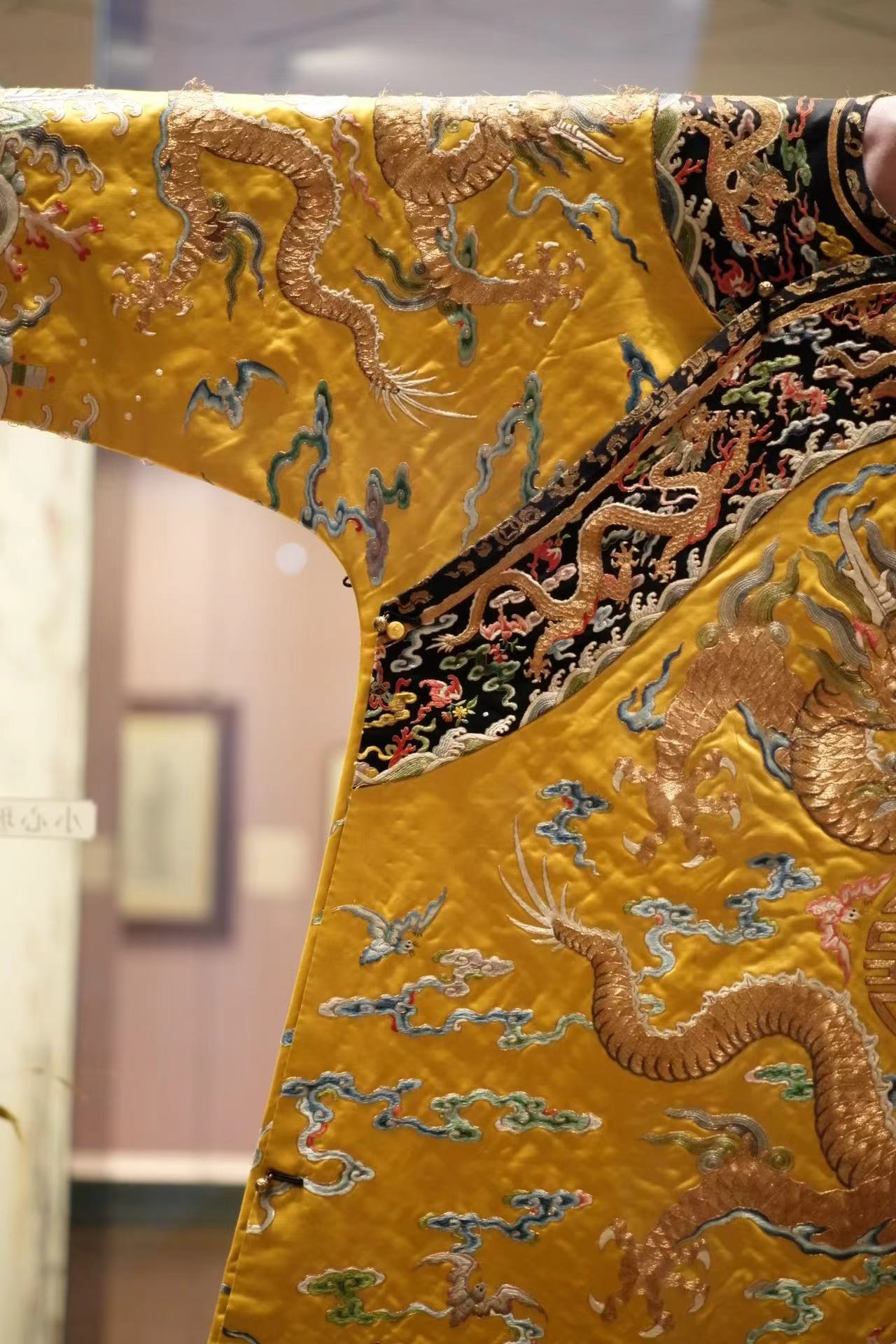
"Escape from Luxiang Garden - History of Jiangnan Painting and Embroidery" scene

"Escape from Luxiang Garden - History of Jiangnan Painting and Embroidery" scene
Be self-reliant with embroidery
A history of Jiangnan painting and embroidery is also a history of women's growth. Women's creativity can transcend gender limitations, break the shackles of tradition, and make their artistic expression shine in the long river of history. Women such as Ding Pei, Shen Shou, and Jin Jingfen relied on embroidery to support themselves. Their stories have become the epitome of Chinese women gradually gaining autonomy and independent status. Their writings, stitching techniques, and contributions to embroidery education still have a profound impact on Chinese embroidery art.

Shen Shou embroidered clam picture in the Republic of China (detail)
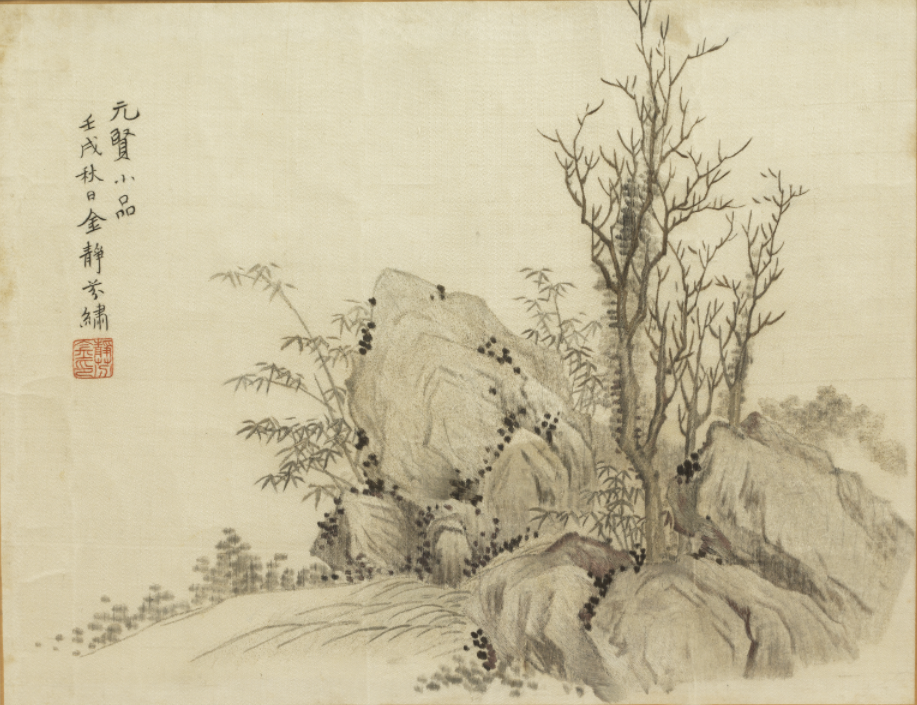
Early 20th century Jin Jingfen embroidered dead wood, bamboo and stone paintings
Wind, moon and sky
As an integral part of China's excellent culture, embroidery has spread to Central Asia, Japan and other places as early as the Han Dynasty. It has continued for more than two thousand years and made important contributions to world culture. The art of painting and embroidery integrates Eastern and Western culture and aesthetics through visual perception and emotional resonance, becoming a unique international language that conveys deep emotions and thoughts and transcends national boundaries and barriers.
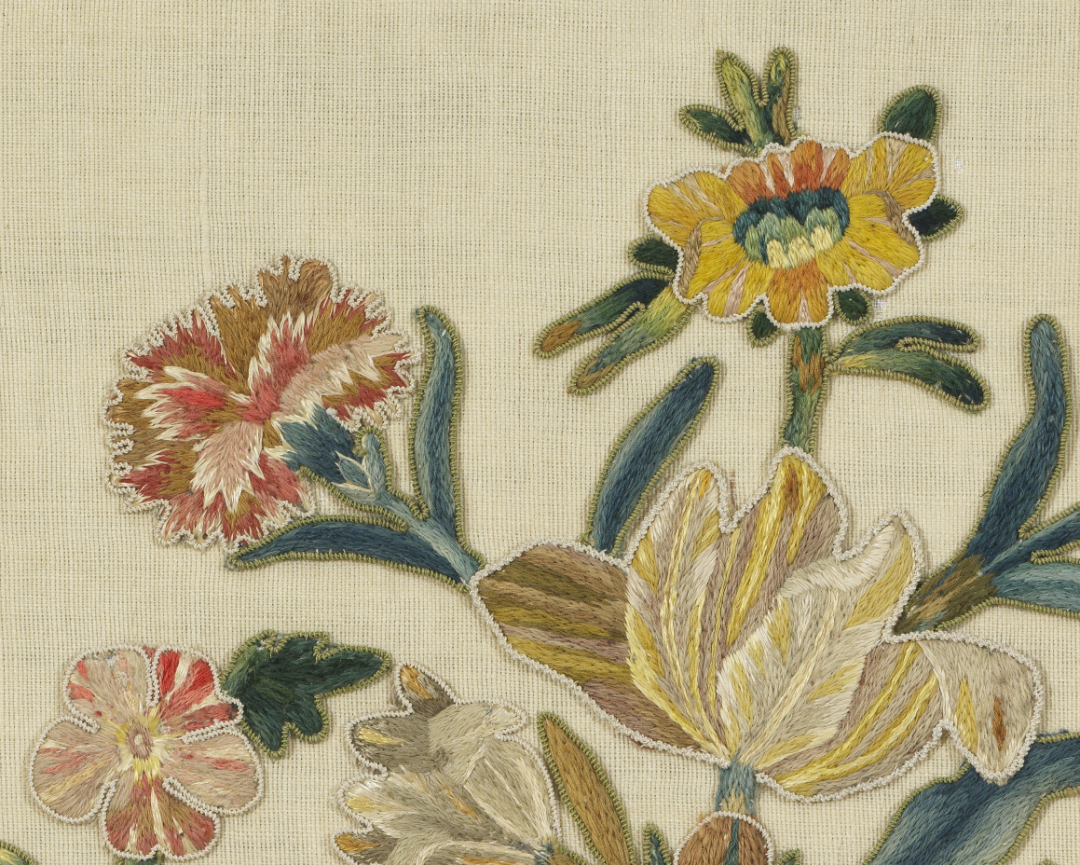
19th century embroidered vase (detail)
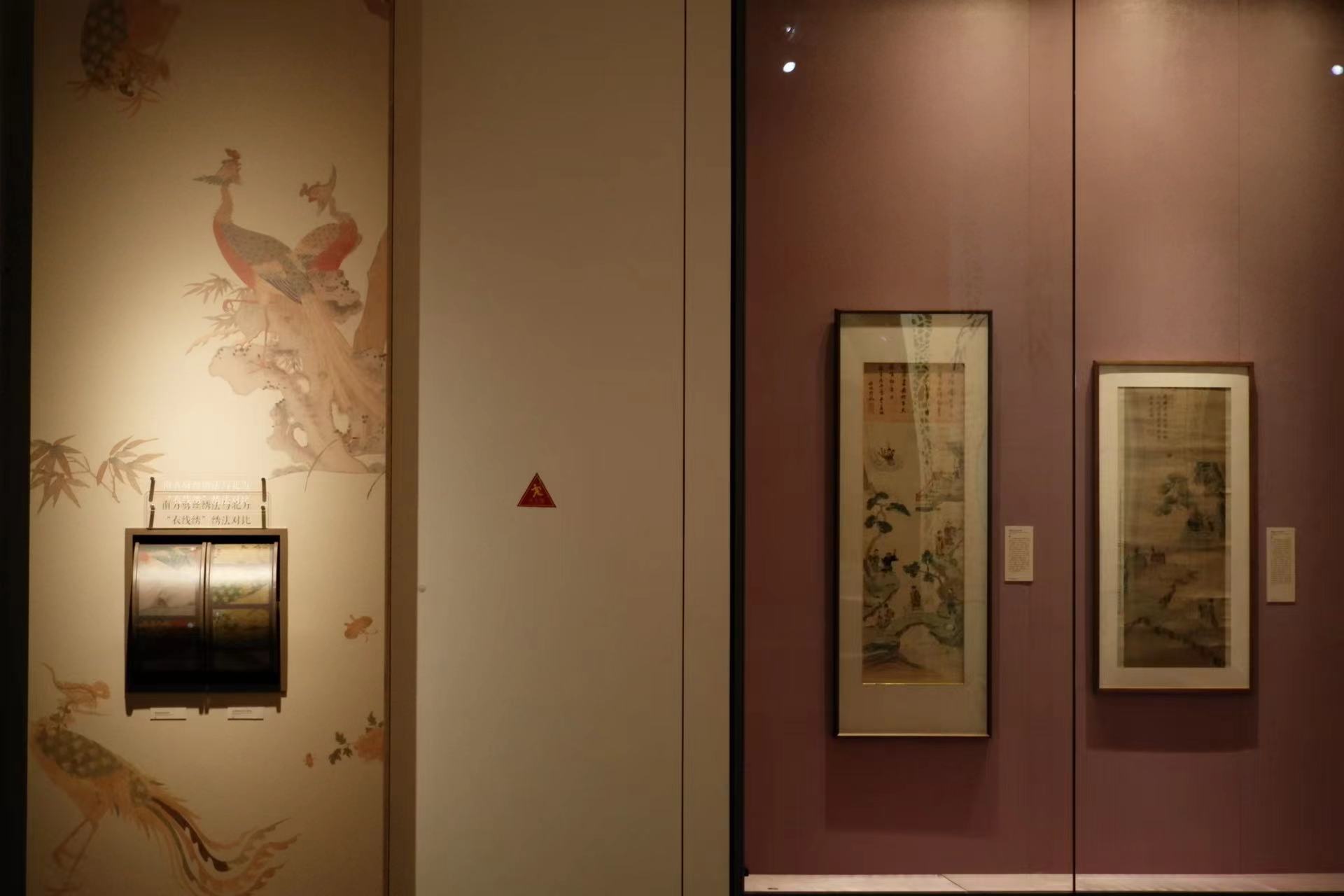
"Escape from Luxiang Garden - History of Jiangnan Painting and Embroidery" scene

"Escape from Luxiang Garden - History of Jiangnan Painting and Embroidery" scene
It is reported that the exhibition will last until March 3, 2024.
